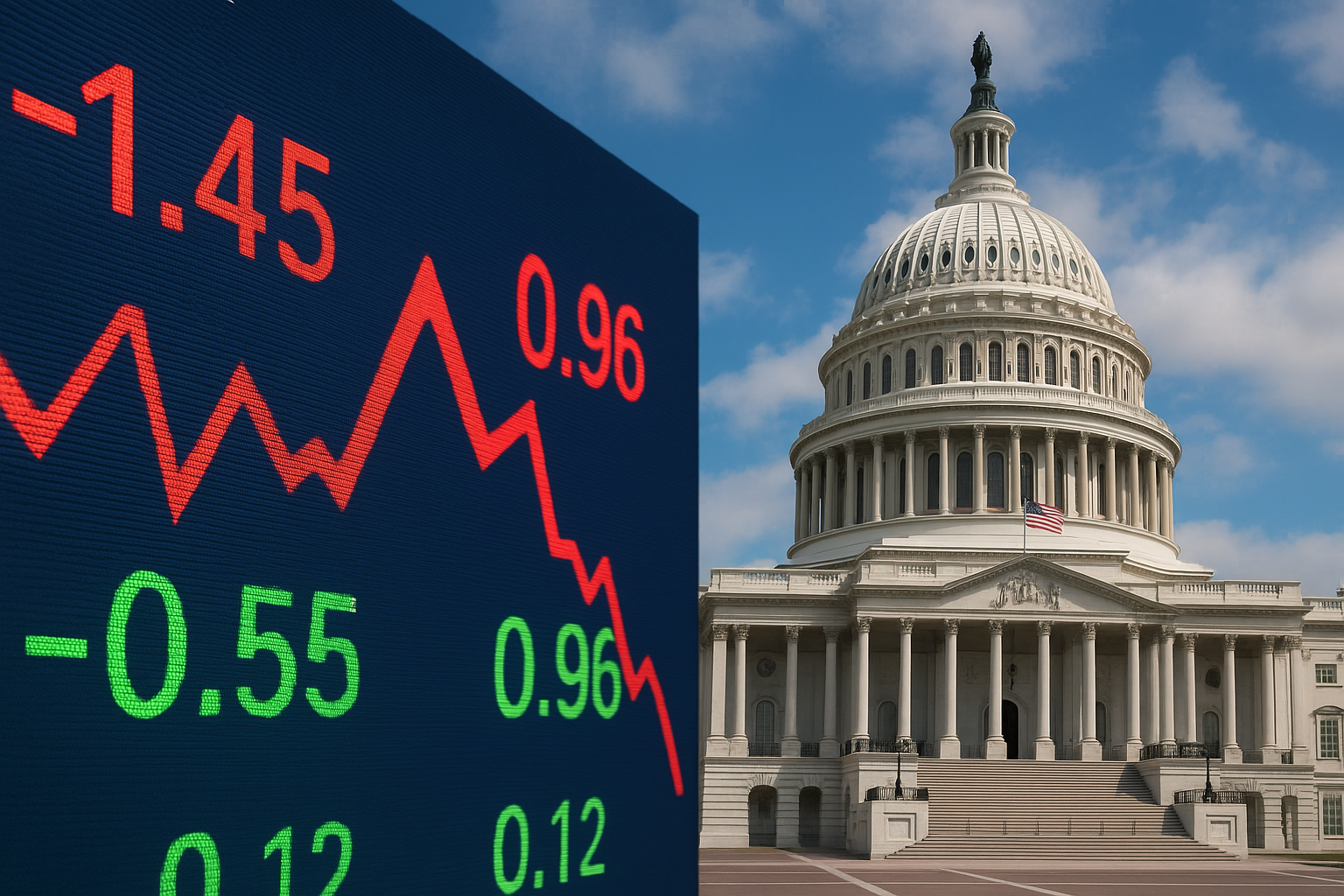China’s biotechnology momentum is accelerating at a pace that has global investors paying attention. With heavy state support, surging R&D investment, and a fast-growing pipeline of innovative therapies, the emerging biotech powerhouse is increasingly positioned as a challenger to U.S. dominance in the life sciences sector. In a year marked by renewed focus on health innovation, China’s strategic biotech push is emerging as one of the most closely watched developments in global emerging industries.
A State-Backed Sprint Toward Biotech Leadership
Beijing has spent years building the foundation for a competitive global biotechnology industry—but 2024–2025 marks a notable inflection point. According to STAT News, China’s biotech companies are reporting heightened investor interest as drug development pipelines expand, government grants increase, and cross-border research partnerships strengthen.
Flagship programs such as the “Made in China 2025” initiative and expanded funding under the National Natural Science Foundation of China have turbocharged growth across genomics, mRNA therapeutics, oncology research, and biologics manufacturing. These efforts aim to reduce dependency on foreign biotech and position China as a global provider of next-generation therapies.
Meanwhile, Chinese IPOs and secondary listings in Hong Kong and Shanghai’s STAR Market show solid deal flow—supported by policy measures that streamline approvals for biotech companies with pre-revenue models, similar to NASDAQ’s biotech standards.
Why This Matters for Investors
China’s biotech rise is not merely about industrial policy—it represents a major shift in global health innovation and capital flows.
1. Expanding R&D Pipelines
Chinese firms are rapidly increasing their drug-development activities. According to recent industry data highlighted by Bloomberg and McKinsey reports, China now accounts for a substantial share of global early-stage clinical trials, particularly in oncology and cell therapy.
This strengthens the country’s competitiveness in breakthrough medicines.
2. Funding Tailwinds and Policy Momentum
Government policies continue to prioritize the sector through:
- streamlined drug approval pathways
- tax incentives for biotech innovation
- expanded national health insurance negotiations
- direct state-linked investment vehicles
These measures reduce barriers and increase investor confidence, especially in companies working on critical therapeutic categories.
3. Strategic Global Ambitions
China is not only building biotech capacity domestically but also expanding its global footprint. Many firms are:
- partnering with U.S. and European pharma companies
- licensing technology abroad
- establishing R&D centers internationally
This outward expansion increases visibility and may generate multi-market revenue opportunities.
Future Trends to Watch
1. The Race in Genomics and Precision Medicine
China has a strong lead in genome sequencing capacity and is scaling personalized-medical-service platforms. Investors can expect increased activity in AI-driven diagnostics, advanced sequencing technologies, and personalized drug design.
2. Cross-Border Regulatory Dynamics
Geopolitical tensions remain a major risk factor.
Tightened scrutiny from U.S. regulators on biopharma supply chains, clinical data, and cross-border collaborations could disrupt partnerships or delay approvals.
Monitoring developments from the FDA, U.S. Department of Commerce, and China’s NMPA will be essential for investors.
3. Domestic Consolidation Drive
As Chinese biotech matures, consolidation is likely. Larger state-backed pharma players may acquire smaller, innovative biotech startups to command scale, streamline R&D, and expand internationally.
This trend could create winners in both categories—innovators and strategic consolidators.
Key Investment Insight
Investors should approach China’s biotech sector with both interest and caution.
Upside opportunities include:
- exposure to rapidly expanding life-science R&D
- potential access to global drug pipelines
- early-mover advantage in emerging biotech clusters
- diversification beyond U.S.-centric biotech plays
Risks to evaluate:
- regulatory unpredictability
- intellectual property protections
- geopolitical tensions affecting capital flows
- data security and transparency concerns
For investors considering allocation, selective exposure—through ADRs, diversified biotech ETFs, sector-specific funds, or partnership-led strategies—may offer a balanced approach.
Stay Ahead With MoneyNews.Today
As China’s biotechnology ecosystem accelerates, its impact on global markets and innovation pathways will continue to unfold. Stay connected with MoneyNews.Today for daily insights into emerging industries, market-shaping trends, and investor-relevant developments from around the world.





